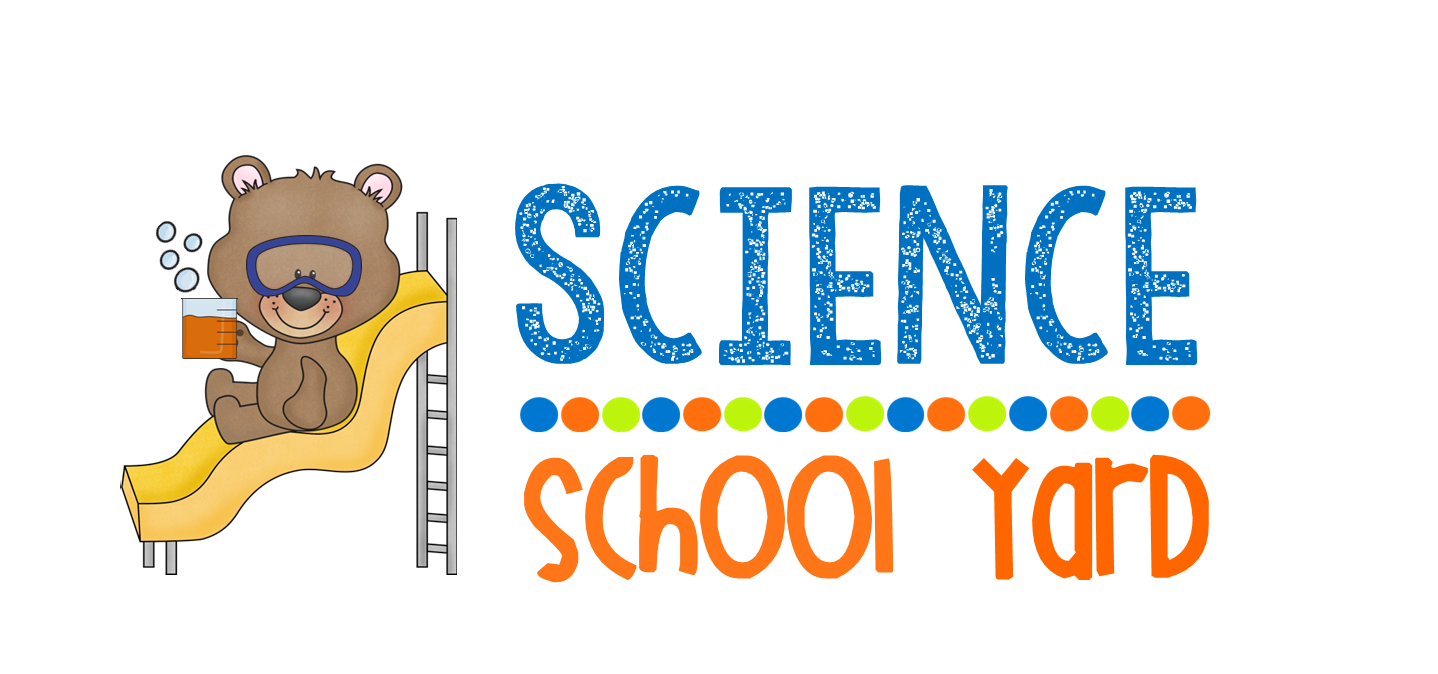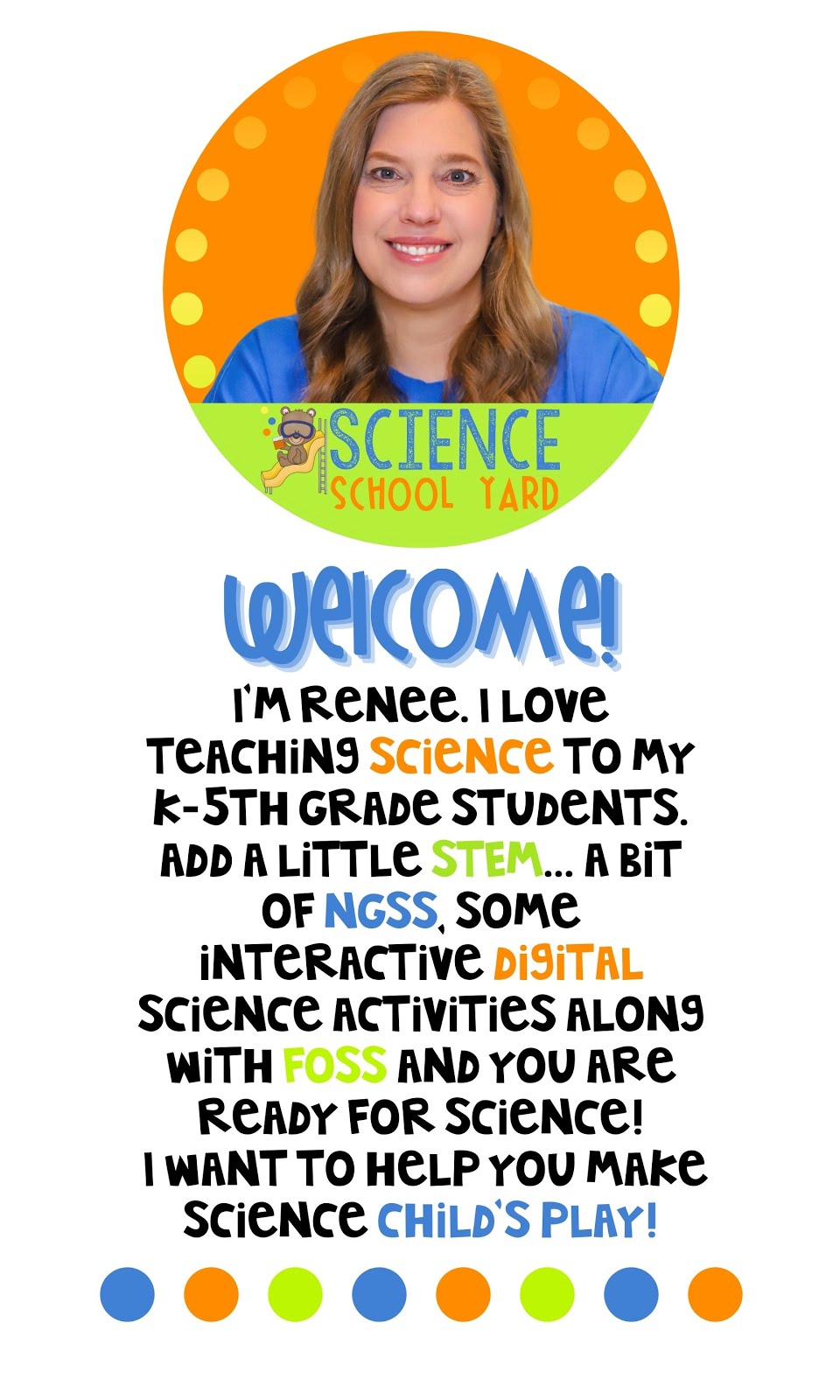I love that my students can review science using one of my favorite stories that connect to my favorite person...my grandma! Run...Run...as fast as you can to your lesson plan book to get started on your gingerbread themed activities today. Let's make learning Science and STEM child's play!
Five Fun Gingerbread Science and STEM Ideas
I love that my students can review science using one of my favorite stories that connect to my favorite person...my grandma! Run...Run...as fast as you can to your lesson plan book to get started on your gingerbread themed activities today. Let's make learning Science and STEM child's play!
12 Ways To Help Students Retain Science Vocabulary
11. Poetry: I use acrostic poems and haikus to have students remember important science words. We take a picture and add it to see saw for them to use as a study guide, then I gather the poems and create a bulletin board. Two for the price of one!
Misconceptions In the Science Classroom
In science, I notice my K through fifth grade students often times have many misconceptions. Often they might say to me that they have learned something from mom or dad or they saw something on TV, however when they are told they are wrong often times students have a really hard time giving up these misconceptions. Especially if they’ve had these misunderstandings for a long time or they trust their mom and dad which they should. What we need to remember that it is most important to not point out that they are wrong, we need to focus on helping students obtain the correct knowledge in order to see why their original belief needed more evidence, just like real scientists do.
What is a misconception. Well it’s a preconceived notion that a person has about a topic that goes against what is generally excepted in science and in the science community. How can these misconceptions happen? It might be an observation they make on their own in the natural world. It might be because of religious beliefs that disagree with Science. It might be that they’re so young that they haven’t even had a chance to have this topic come up in their life. And it might be that they have had this misconception due to Family members believing something that they were taught when they were younger and they pass that down generation to generation. So how do we S educators replace versus misconceptions with new correct ideas. This can be our often challenging and difficult. Today I will give you three ways that you can help your students understand the science behind a given topic in your classroom. First: you can set up a nickel spearmint and before you show the students the activity you can have them predict what they might see this is where you’ll find students have these misconceptions that are willing to share with you what they believe they know. You may ask what do you think will happen why do you think that will happen what experiences do you have that might give you that idea? Second: now it’s time to show students the science experiment through hands-on activities and their own experimentation.
So how do we deal with misconceptions in the science classroom? That is a really good question. Here are three quick tips to help you out.
Idea #1:
1.Pose a question. Ask them to predict before they start. Then you can do this by giving students materials and having them set up an experiment that you give them as individuals or as a team they may find the answers on their own. When they are done, have them reflect on their thinking and share out.
Idea #2:
2. You may also do demonstrations which are great way for students in a large group to see and understand through your delivery this is what we call teacher lead, but inquiry-based learning really allow students to be able to get a better grasp of misconceptions because they’re doing it on their own it’s much more effective. Just remember make sure you do not tell students they are wrong that is not an effective way to have students better understand a science concept. Students need to learn that mistakes are part of learning. We don't want them shutting down before we even start. I have had to do quite a few more demonstrations due to COVID, and even though it isn't my favorite way to have students understand a concept, it seems to be working virtually and in person.
Idea #3:
3. Being able to address these misconceptions in your classroom in a discovery based way, allows for student learning it also lets them create an environment where they can be informed and be able to critically think about their role in the world.
Idea #4:
4. Another way to deal with misconceptions is to be able to have students participate in research-based activities this will allow them to create their own knowledge and can be later backed up by your demonstration and student led conversation about what they’ve learned. They can produce visual representations or they can be able to showcase their learning through an experiment that they demonstrate to the group.
Often times our students are nervous about sharing what they believe they know which doesn’t allow us to be able to see what their background knowledge is on a certain topic one way that you can go around this is my giving a pretest in order to directly assess what misconceptions your students hold. You can also probe for misconceptions by simply having a class conversation which will engage them in their learning through questioning. Either way you’ll be able to allow yourself to observe those misconceptions and be able to focus better on the topics you need to cover in your classroom.
 |
| Getting supplies ready for the next week, all set for one to one learning. Let's see what they think about why we have seasons... |
Diversity, Cultural Competence, and the Holidays
Virtual Science Tips for Back to School
It is easy to go down a rabbit hole of anxiety, which I feel often. It is easy to be upset about the comments we read about educators, however what we can control is how we present ourselves to our students and do our absolute best to stay positive for them and for our own mental stability. No matter what, that is all we can control at times.
I want to prepare and get ready for the next year, even though I still have no clue how long I will have to teach each class, what platforms I have to work within, and if we will even be teaching live, so what can I do to get ready? As a science teacher, I now have to figure out how to teach science virtually. I need to learn from any mistakes from last year, and move forward into a productive, positive road to the 2020-2021 school year.
On today's playlist in the School Yard:
1. Tips to teaching science virtually
2. Focus Questions
3. Check list of ideas to get started
Let's get focused in Science For Virtual Learning or A/B Hub!
Team Building Ideas For Back To School
This is going to be an unprecedented year. Back to school has never looked this way, and it's going to require extraordinary flexibility and ingenuity. There's no reason to walk this road alone! We may not have all the answers now... but together, we will figure them out!
Join me and my STEM Team at Elementary STEM Club for activities you can use, interactive discussions about the struggles you are facing, and bonuses and freebies along the way!
This back to school season, will you be...
in the classroom
distance learning
hybrid learning
mobile/on a cart
not sure, but it all stresses me out
Join us at Elementary STEM Club as we figure out the best ways to implement STEM this school year!
How great would it be if you had access to tried and true STEM activities, a supportive group to lean on and learn from, and bonus goodies to make this back-to-school season a little less crazy?
Join us at Elementary STEM Club where you will get all that and more! Do you know the THREE things essential for STEM success ALL year long?
We can’t wait to share them with you at Elementary STEM Club.
Find out all the details at:
Elementary STEM Club Site Here
Still needing more ideas? TPT can help!
Needing more ideas? Check out my TPT Back To School Resources on Sale from July 13th-July 19th! Head this way to the deals today!
Back To School Activities For Your Science and STEM Class...In or Out of School

For some of us piecing things together, maybe changing schools...changing grade levels...starting off a new year is never easy. Let's just add COVID and the great unknown. I believe that the most important thing you can do right away is create fun engaging hands on opportunities for our students. This will certainly allow you to gauge right away which of your students are leaders and in what way, which students are more shy and reserved and which ones might struggle with challenges and activities as we try to get them to learn the skills we need to be resilient in a time of uncertainty!
Here are some great go to's for you to utilize in the first two weeks of school...before we get started let's discuss supplies and distribution, which will need to look different.
- walking in the halls
- mask wearing
- social distancing
- bathroom use
- washing hands
- playing outside
- lining up
- going to specialists
- eating lunch
- outdoor rules
- touching our faces
3. Playground Creations (another STEM challenge that can be alone at school or at home)




































